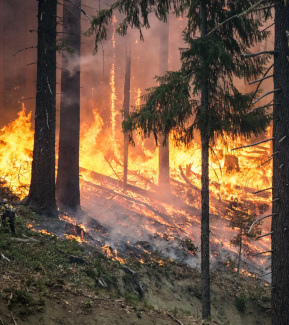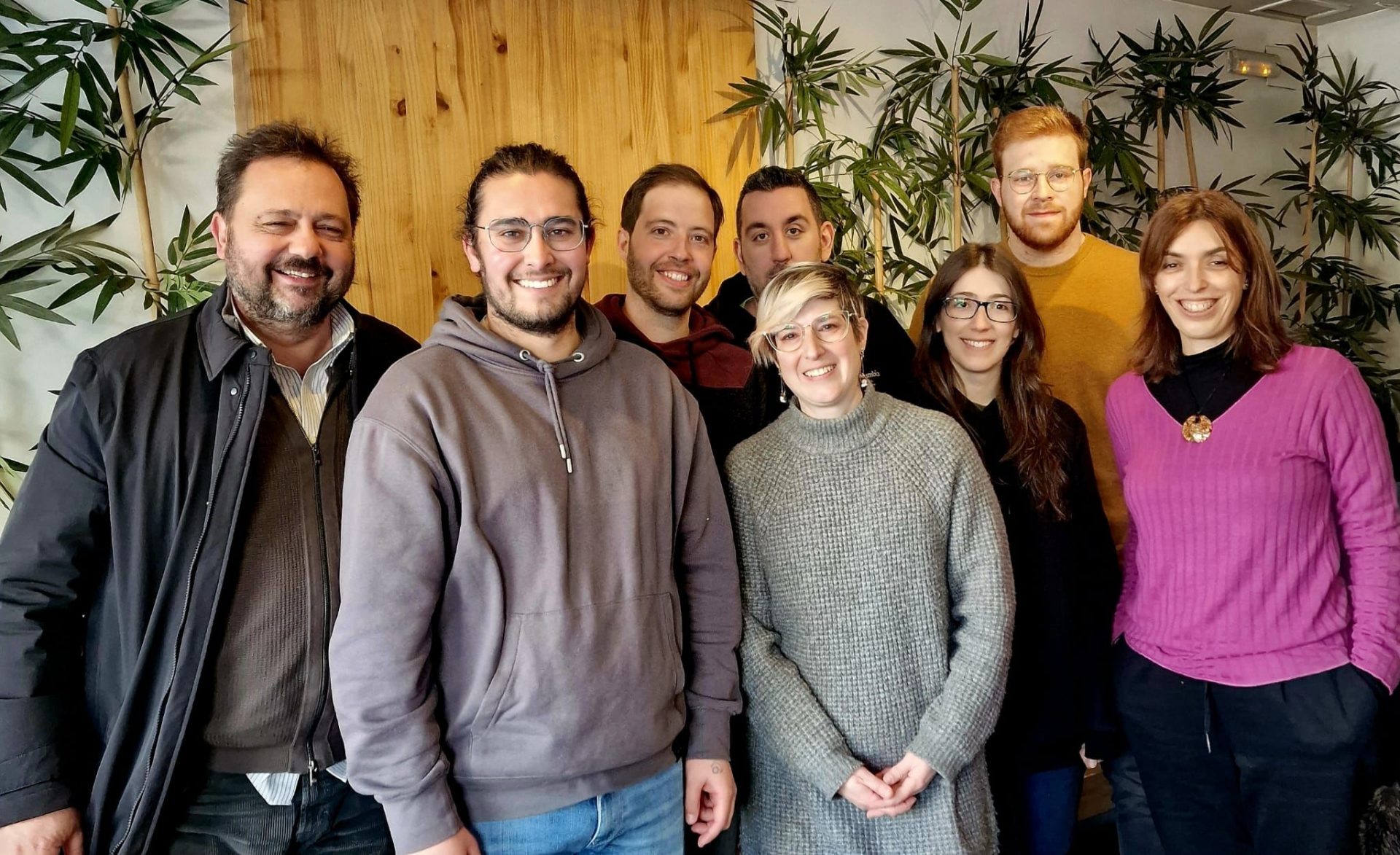
Forest ecosystems undergo constant evolution, including major disruptions such as fires, infestations, and storms. According to a study led by the University of Granada, the subsequent felling of trees renders it difficult for the ecosystem to regenerate following such events.
Forest fires and other events that can prove mortal in forests, such as infestations or storms, are very common concerns among the general public. However, ecologists point out that such disruptions are part of the natural dynamic of these ecosystems and warn of the negative effects of certain interventions subsequently carried out, such as felling in the affected forest.
Alexandro Leverkus, a researcher at the University of Granada (UGR), explains that major disruptive events have occurred throughout the evolution of all species and that, when they arise, nature is generally able to regenerate itself. His research has recently been published in journals such as Frontiers in Ecology and the Environment and Nature Communications.
“In every part of the world, there are certain types of disruptions. For example, in Mediterranean forests, fires tend to occur with a certain frequency. [But] there are plants that sprout again after a fire, and others whose seeds benefit from the heat of the fire to germinate,” Leverkus explains.
In other geographical areas, the most common disruptive events are storms or plagues of insects, which kill off many trees but, in turn, create an opportunity for other species, which allows for greater biodiversity. “Disruptions are an important part of ecosystem dynamics,” continues Leverkus.
Now, however, the researcher, together with UGR colleague Jorge Castro and Simon Thorn, from the Julius-Maximilians-Universität of Würzburg, is warning of a growing problem: the post-event management of such disruptions. For example, after a forest fire, the dead trees are often cut down for financial or aesthetic reasons (or even emotional motives, such as the sight of charred wood bringing back bad memories). In fact, this wood is important for the regeneration of the ecosystem, since it provides food for numerous animals, and nutrients and shade for the plants that can regenerate. By contrast, when the decision is made to carry out a felling operation, this constitutes a further disruption that can impede recovery.
The value of dead wood
“One has to understand that, even when the trees have suffered an ecological trauma, the ecosystem remains. Before asking the authorities to cut down or reforest the entire area that seems dead, we must understand the nature of the fire, what is happening, and what species may regenerate. We should not take any action without making a prior assessment,” Leverkus observes.
These researchers are calling for the importance of dead wood—which is generally regarded as merely firewood or debris for clearance—to be recognised. “A lot of effort goes into removing dead wood from forests, when there are countless species of animals, plants, and fungi that need that wood. There are even trees whose ecological function can be increased by dying. But there are species (for example, particular insects that eat that wood) that are in danger of extinction because those dead trees are routinely removed from the forests,” he explains.
Indeed, studies published recently make an overall assessment of the effects of felling after disruptive events on biodiversity and on the capacity of ecosystems to produce ‘services’ for society. While the effect on ecosystem services is generally negative, there is a certain proportion of trees that, post-disruption, should be allowed to remain standing in order to favour the species most affected by the impact of felling.
Finally, Leverkus warns that worrying changes are being observed in such events, such as forest fires that reach much higher temperatures that destroy seeds, or that occur in places where they are not common, such as in the tropical forests of Australia, the Amazon rainforest, or the humid forests of Oregon. “Given these developments,” he concludes, “we need to take action and better understand the situation from a scientific point of view to jointly coordinate our responses to it.”
Bibliography:
Alexandro B. Leverkus, Lena Gustafsson, David B. Lindenmayer, Jorge Castro, José María Rey Benayas, Thomas Ranius, & Simon Thorn, ‘Salvage logging effects on regulating ecosystem services and fuel loads’. Frontiers in Ecology and the Environment. Online: https://doi.org/10.1002/fee.2219
Simon Thorn, Anne Chao, Kostadin B. Georgiev, Jörg Müller, Claus Bässler, John L. Campbell, Jorge Castro, Yan-Han Chen, Chang-Yong Choi, Tyler P. Cobb, Daniel C. Donato, Ewa Durska, Ellen Macdonald, Heike Feldhaar, Joseph B. Fontaine, Paula J. Fornwalt, Raquel María Hernández Hernández, Richard L. Hutto, Matti Koivula, Eun-Jae Lee, David Lindenmayer, Grzegorz Mikusiński, Martin K. Obrist, Michal Perlík, Josep Rost, Kaysandra Waldron, Beat Wermelinger, Ingmar Weiß, Michał Żmihorski & Alexandro B. Leverkus,
‘Estimating retention benchmarks for salvage logging to protect biodiversity’.
Nature Communications. Online: https://doi.org/10.1038/s41467-020-18612-4

Media enquiries:
Alex Leverkus
Faculty of Sciences, University of Granada
Email: @email



